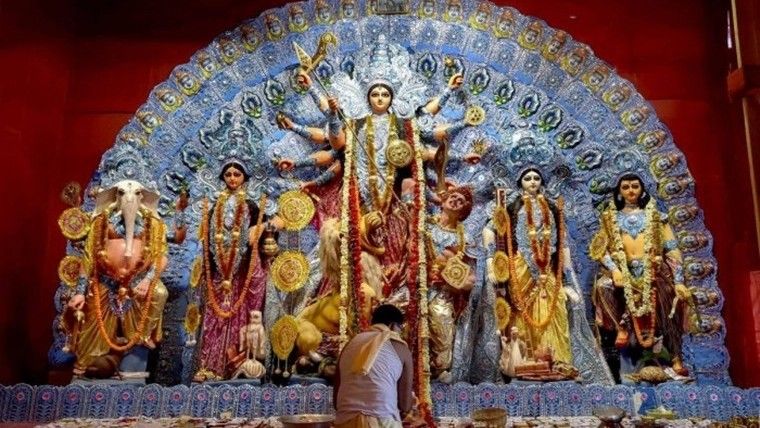
In all religions, mainly the occidental ones, Ishwara, or God, is always looked upon as a male figure. In fact, there is no female counterpart. Now, whether these religions highlight the monastic lifestyle or looks down upon it, it's always very patriarchal in their practices and outlook. Even in some Oriental religions where there is worship, let us say of green Tara in Buddhism, worship of the divine feminine is very limited.
Only in Sanatana Dharma popularly known as Hinduism, is there a total acceptance of the sacred feminine. In fact, Ishvara or Bhagavan or Saguna Brahma can be invoked as male or female, depending upon what you can relate to, otherwise known as Ishta Devata, the form of the Lord you like.
There you have four navratris throughout the year, with the one that started yesterday, culminating in Dassera as the main one. Four navratris implies four multiplied by nine days of worship of Ishvara in the form of Devi worship. In this worship, if you look at the male forms being worshipped, they are generally to be worshipped during early morning or daytime. Since the Devi energies are counter positive to that, they are generally worshiped late evening or night. That is why these nine nights of worship are called Navaratri. Ishwara can be invoked in a gentle or fierce form. Since we are talking about the Devi predominantly here, you can invoke her in a very fierce form, as Durga or Kali or Bagalamukhi, or in gentler forms, like Lakshmi, Lalita, Saraswati. The energies that you invoke are connected to the form that you invoke. That depends upon what you can relate to and what you need in your life. The worship generally, involves some tapas, some discipline like fasting, some celebration, music and dance. So, Navaratri is all inclusive, a time of worship, joy and celebration. Let us all join in this beautiful festival of Navaratri and worship Bhagavan as Devi.
The writer is the founder of Aarsha Vidya Foundation. You can write to him at aarshavidyaf@gmail.com